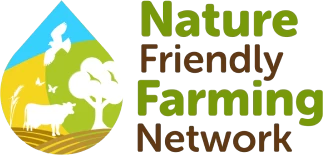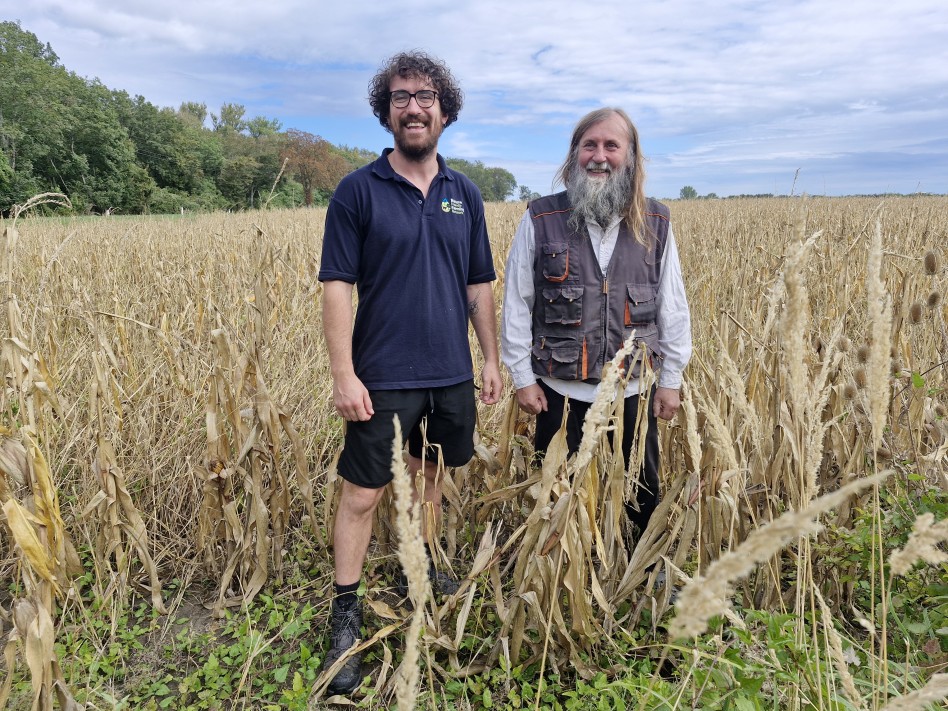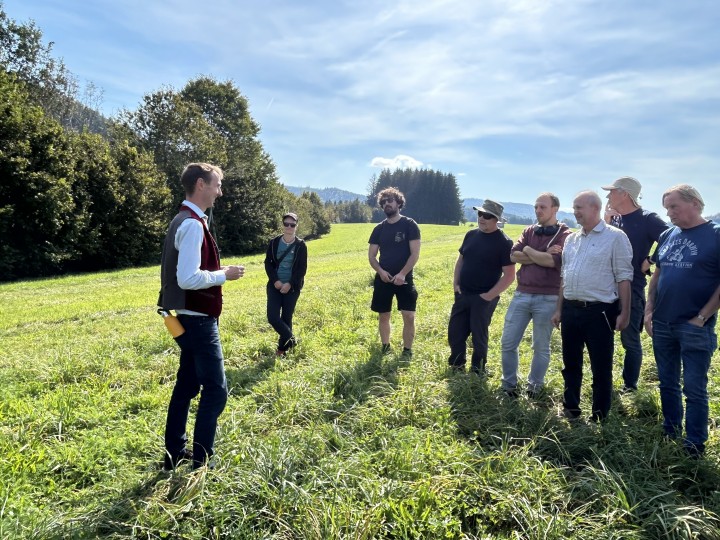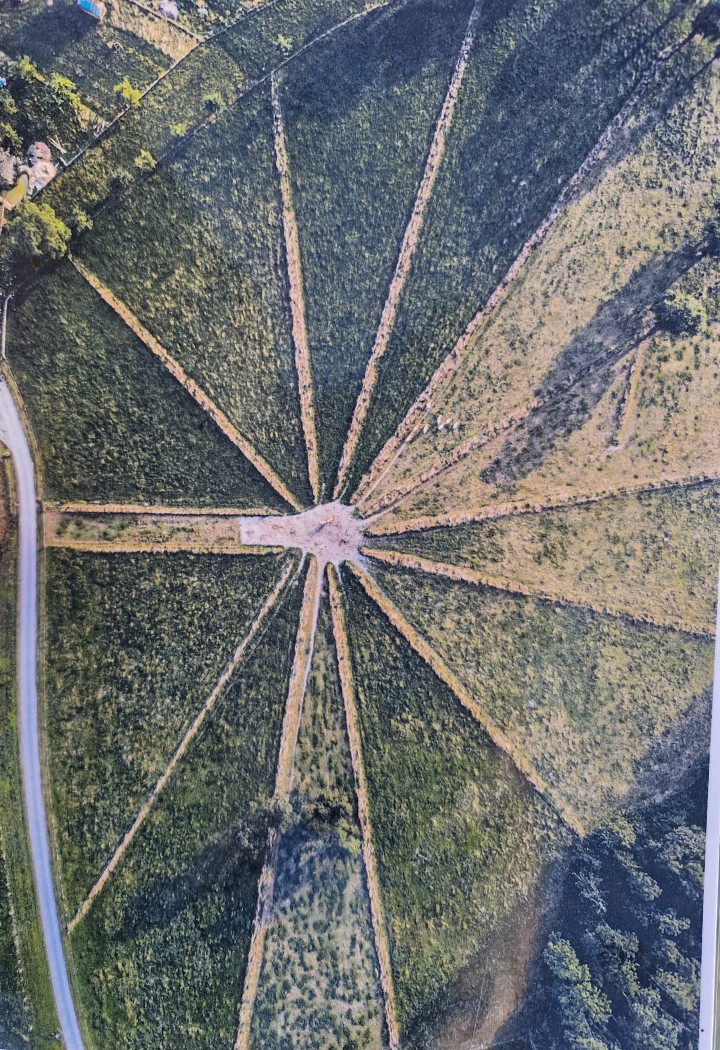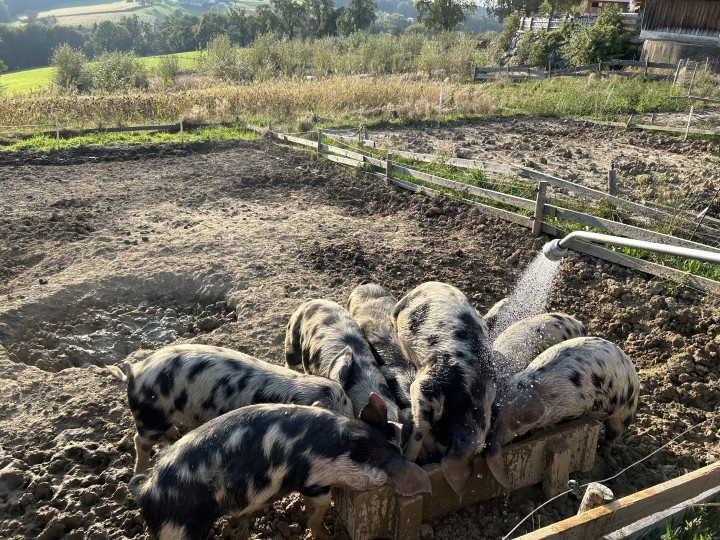As part of the Farming for Nature Ambassadors scheme NFFN Northern Ireland Manager Cormac Dolan recently visited nature-friendly farmers in Austria to see how they work and are supported. Here are his reflections on a trip that provided much food for thought.
A decade ago I climbed Germany’s highest peak, the Zugspitze. I sat on the summit, where the German-Austrian border is located, and enjoyed the enticing, stunning backdrop of the Alps' mighty peaks. Those memories quickly came flooding back as I returned to Austria to find the country is still scaling heights, this time when it comes to nature-friendly farming.
I travelled to Austria to meet some of its Farming for Nature Ambassadors, a scheme that also celebrates a number of nature-friendly farmers in Northern Ireland. What I quickly discovered was just how much can be done when an approach that balances food production with nature and biodiversity is properly supported at all levels of government.
The first visit was to the 20-hectare organic dairy farm run by Andreas Badinger. His organic system produces high-quality milk that is valued in raw cheese making, and Andreas puts biodiversity right at the heart of his farming. There are patches of native woodland, and the edges of fields are either left entirely or cut later in the year for nature. Despite the warm summers, he dries hay inside to ensure his herd receives the most nutritious diet possible, with no silage involved. The hay loft is dry and full of a rich smell, and you can even taste hints of the hay in the milk. Andreas receives agri-environmental payments from both regional Austrian authorities and the European Union (EU).
